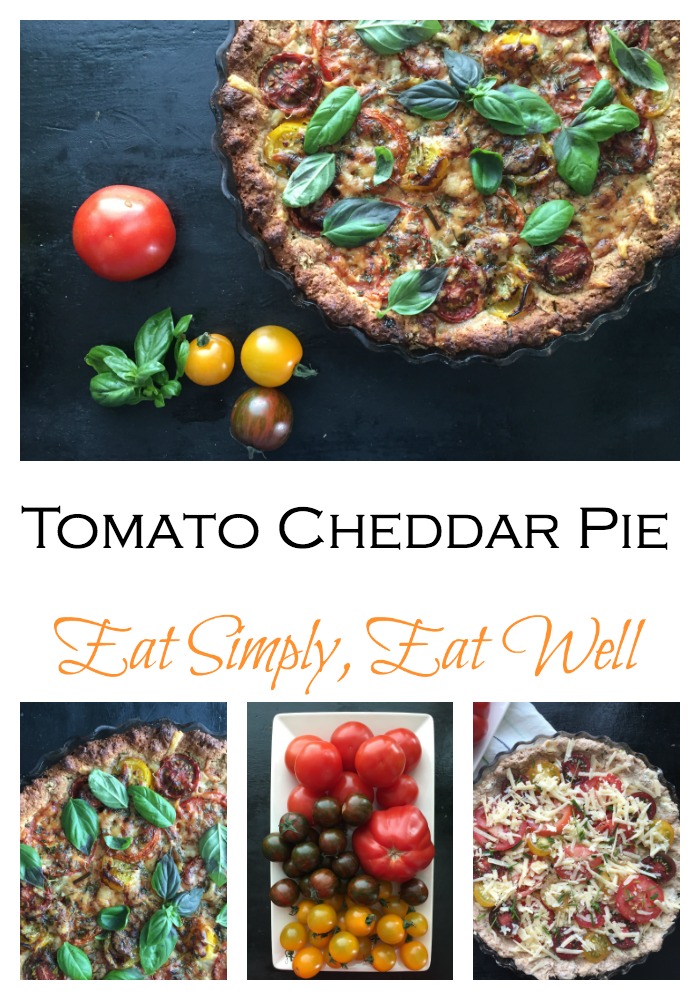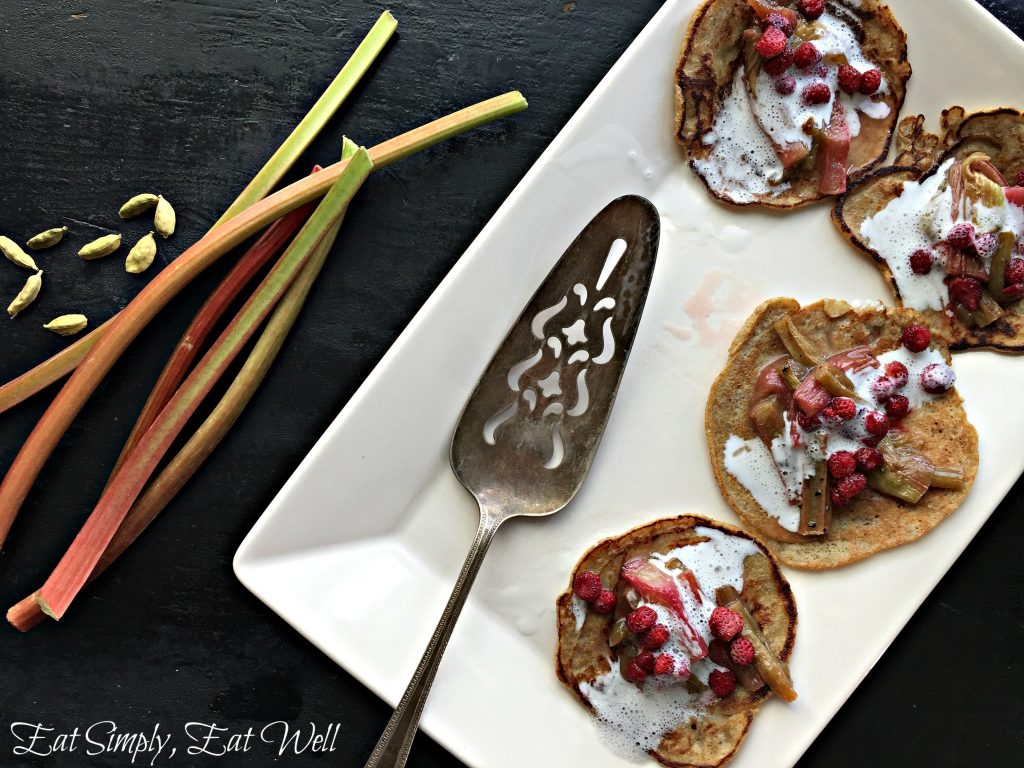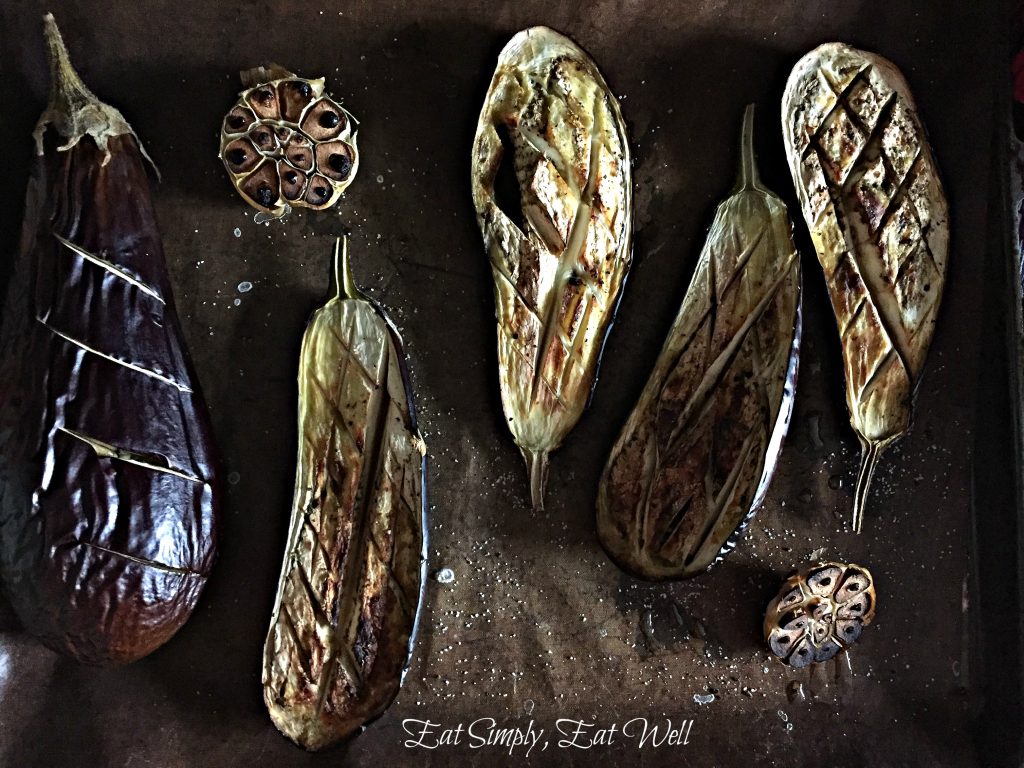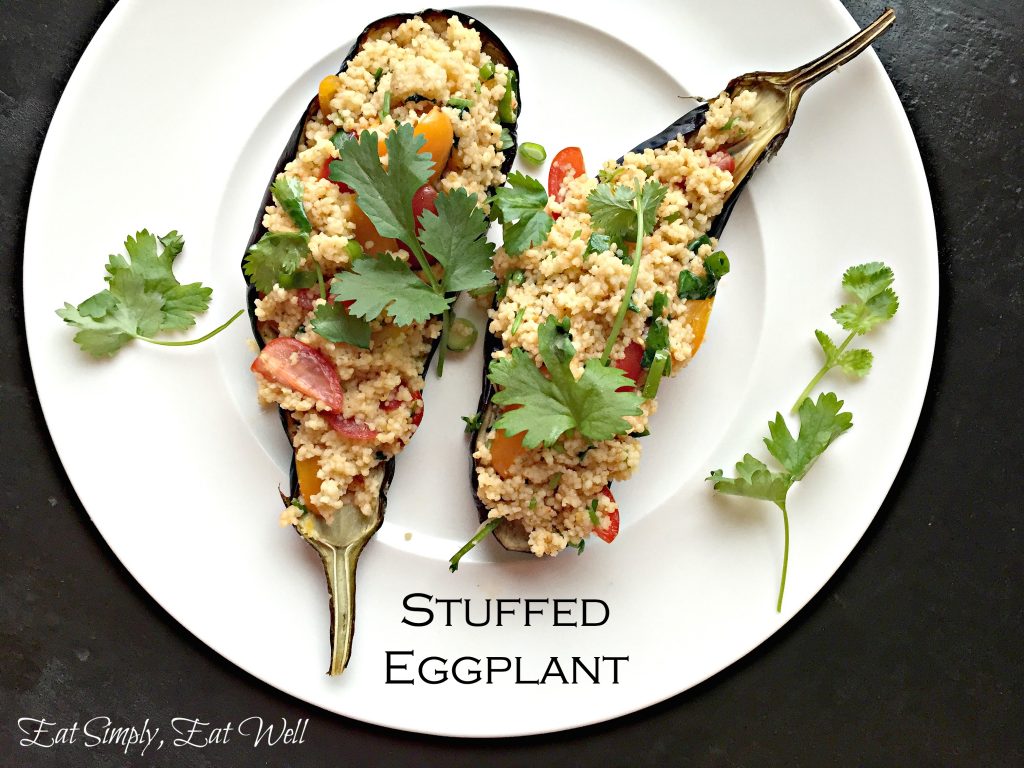Tomato Cheddar Pie. Just look at this thing.

Summer doesn’t get any better than this: long, light days. Clear blue skies. Mostly warm. Scattered showers to keep the dust down and the garden watered. And produce ripening almost faster than we can pick it. Down in my small garden patch, the cherry tomatoes are really starting to take off, each small orb a delightful sweet & sour mouthful. And of course, eating them fresh is always a good idea, but if you want to take them up another notch, why not pie?
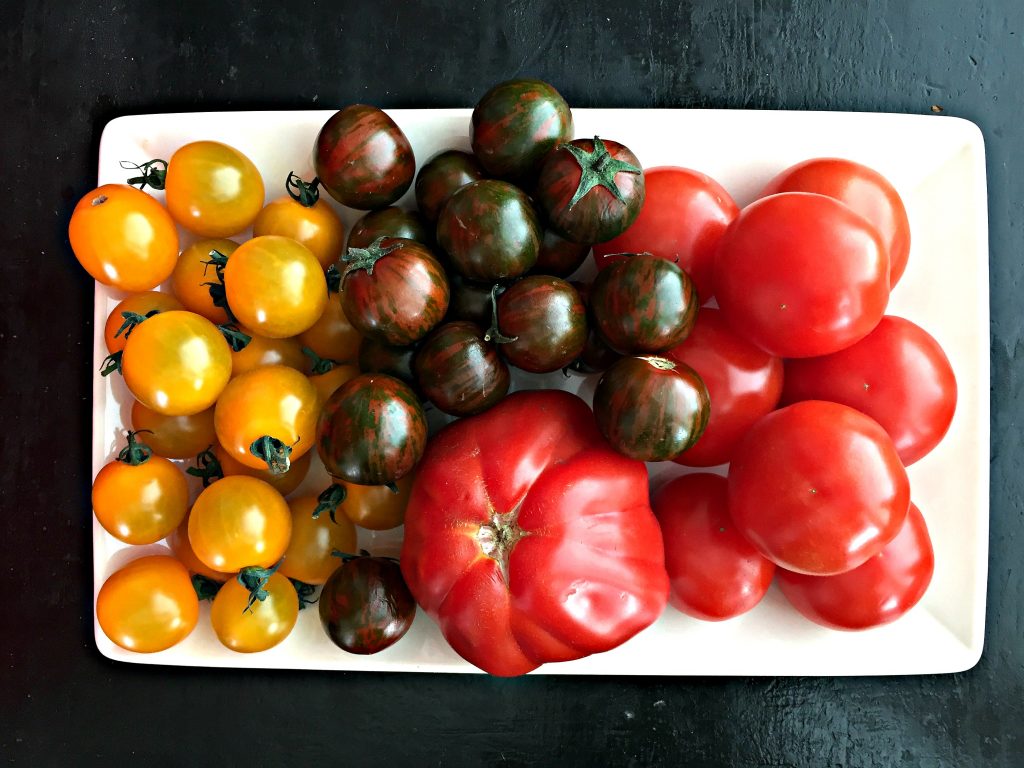
Now pie. That’s a really good idea.
This Tomato Cheddar Pie was inspired by a recipe in Fine Cooking from the Aug/Sept 2013 issue, and has been modified slightly to suit my own taste. I think you’re going to love it, especially if you have a bowl of tomatoes in your kitchen begging to be consumed right now. The base is buttermilk biscuit which creates a nice flaky layer upon which the rest of the ingredients sit. The tomato juices blend with the herbs and cheese, but thanks to a sprinkle of corn flour over the base, it doesn’t turn into a soggy mess.
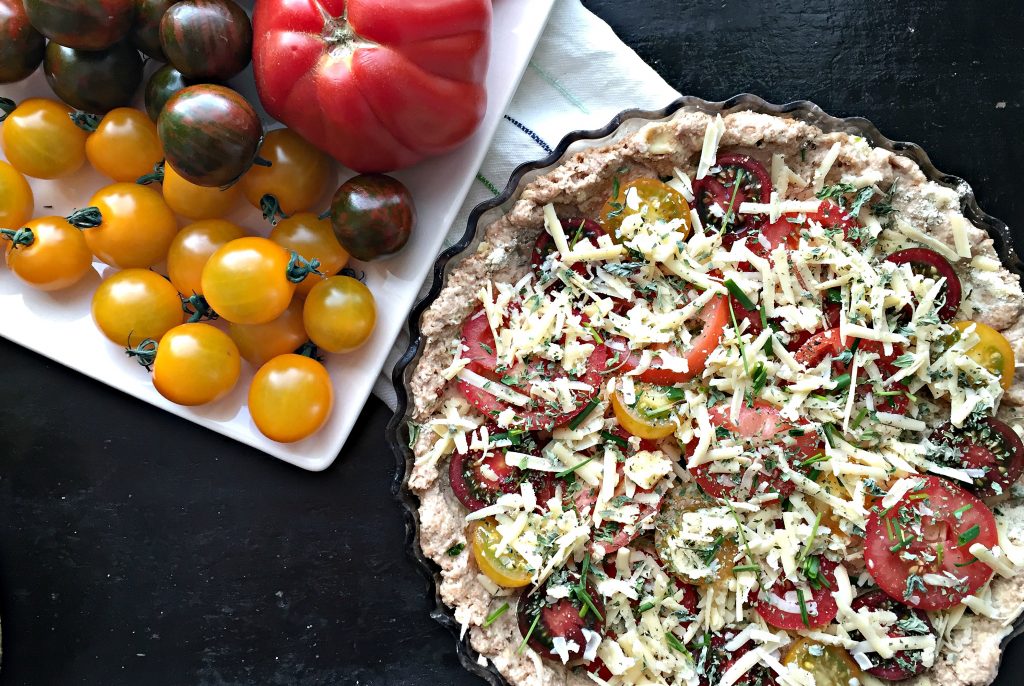
A few notes:
- if you’re gluten-free, feel free to sub in your favorite gluten-free flour
- if you don’t use dairy, sub in your favorite nondairy cheese and use the olive oil option instead of butter
- I love the combination of chives, oregano and basil in this, but get creative – the tomatoes can take it! It’ll be delicious either way.
- Serve a wedge of this with a large salad of fresh summer greens and you’ll have fans gathering around your table.
- If you reheat this, I recommend doing so in the oven for best results.
Tomato Cheddar Pie
Preheat the oven 200°C/425°F.
To prepare the buttermilk crust:
- 1 3/4 whole wheat flour (or the gluten-free flour of your choice)
- 2 teaspoons baking powder
- 1/2 teaspoon sea salt
- 6 tablespoons cold butter (or 6 T olive oil, added together with the buttermilk for a vegan option)
- 1/2 cup buttermilk (or 3/4 teaspoon oat milk + 1 teaspoon lemon juice) + extra if the dough feels too dry
- 1 heaped tablespoon fine cornmeal
Combine the flour, baking powder, sugar and salt in a bowl. Add the butter to the flour mixture, and using a pastry blender or a fork, mash the butter into the flour mixture until the butter is the size of peas. Pour the buttermilk over the flour-butter mixture and stir to combine, using your hands to shape it gently. Don’t over process – you just need it to hold together. If you handle it too much, the crust will be tough.
Wet your hands so your fingers won’t stick to the dough. Press the dough into the bottom and up the sides of an oiled 10″/25 cm tart tin. Sprinkle the cornmeal over the base of the crust in an even layer.
For the filling:
- 20 large cherry tomatoes cut in half or 3 large tomatoes cut into slices
- 2 tablespoons fresh chives, chopped
- 2 teaspoons dried oregano
- 1/2 – 3/4 cup cheddar cheese, grated on the large holes of a box grater
- 1 tablespoon olive oil
- 1/2 teaspoon salt
- 1/4 teaspoon ground pepper
- 1/4 cup fresh basil leaves
Sprinkle half of the chives, oregano and cheese over the bottom of the tart crust. Arrange the tomatoes, cut side up, to cover the bottom of the tart. Sprinkle the salt and pepper evenly over the tops of the tomatoes. Drizzle with olive oil. Sprinkle the remaining chives, oregano and cheese over the tops of the tomatoes. Place the pie into the hot oven and bake 20-25 minutes until the crust is golden brown around the edges and the tomatoes begin to brown as well.
Remove from oven and cool 10 minutes. Sprinkle the fresh basil leaves over the top, and serve.
Serves 6-8.
Eat Simply, Eat Well.
Ann
Did you enjoy this post? Please let me know in the comments below, and share it with your friends on social media!
